WWII GERMAN ARMY DAGGER-ww2 german dagger
$789.00
ww2 german dagger
The WWII German dagger, particularly known as the Wehrmacht dagger, is a notable emblem of military history from the Second World War. Designed primarily for officers in the German army, this dagger served as both a functional weapon and a ceremonial item, reflecting the military’s identity during that tumultuous period.
Key Features
- Blade: Typically around 30 cm long, the blade is crafted from high-quality steel, often double-edged for combat efficiency. Many blades feature engravings that signify the owner’s rank or unit, adding a personalized historical touch.
- Hilt: The grip is usually made from wood or a synthetic material, designed for comfort and functionality, often with a textured surface for a secure hold. The crossguard is commonly made from brass or aluminum, providing balance and enhancing the dagger’s aesthetic.
- Scabbard: The metal scabbard often has a polished finish and may include decorative elements, such as hanging rings, allowing the dagger to be worn during formal occasions. This emphasizes its ceremonial importance alongside its practical use.
Collectibility
Collectors highly value these daggers for their unique designs and historical significance. Each piece tells a story of the era, making them sought-after items in the militaria market. Authenticity is crucial, so verifying provenance is essential for collectors.
Preservation
The WWII German dagger is more than just a weapon; it is a representation of a complex historical era. Its craftsmanship and design make it a captivating subject for collectors and historians alike, continuing to resonate with the stories of courage and conflict from WWII.
The Army dagger was officially issued on May 4, 1935, and designed by Paul Casburg. It was available in three handle colors: white, yellow, and orange. Early samples featured a white handle and were primarily produced by the Carl Eickhorn factory in Solingen.
These early production daggers had fittings that were heavily silver-plated over nickel, though the quality of plating varied among manufacturers.
The dagger was worn by various ranks within the army, from officers to field marshals, without any distinction between lower and higher-ranking officers.
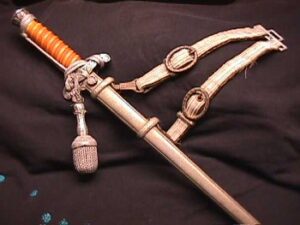
Be the first to review “WWII GERMAN ARMY DAGGER-ww2 german dagger” Cancel reply
Related products
WW II UNIFORM AND BADGES
WW II UNIFORM AND BADGES
WW II UNIFORM AND BADGES
WW II UNIFORM AND BADGES
WW II UNIFORM AND BADGES
WW II DAGGERS
WW II UNIFORM AND BADGES
WW II DAGGERS


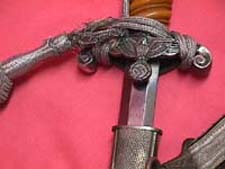





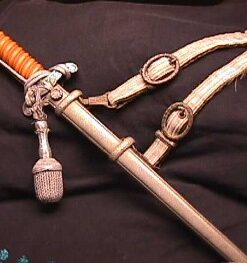
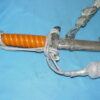
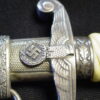
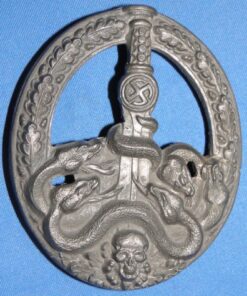

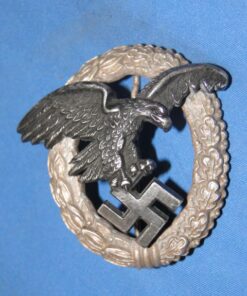

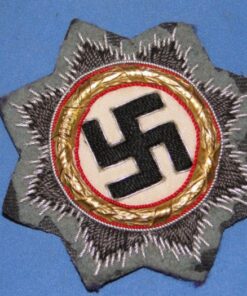

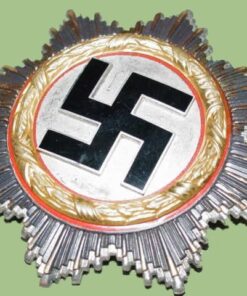

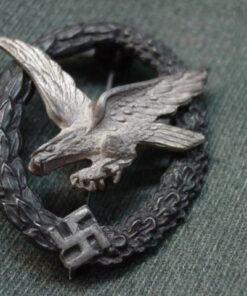

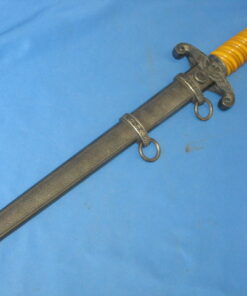

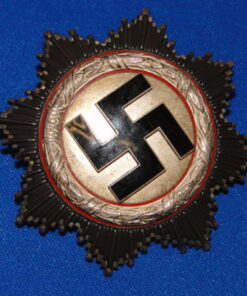



Reviews
There are no reviews yet.